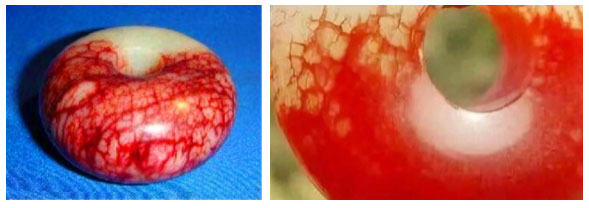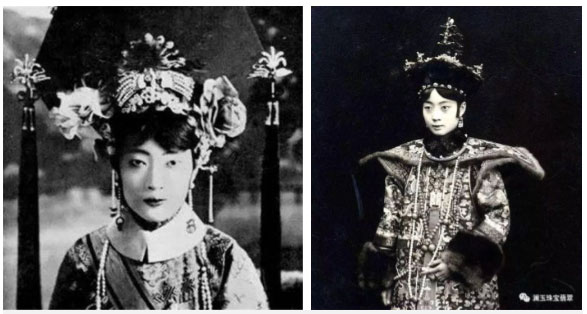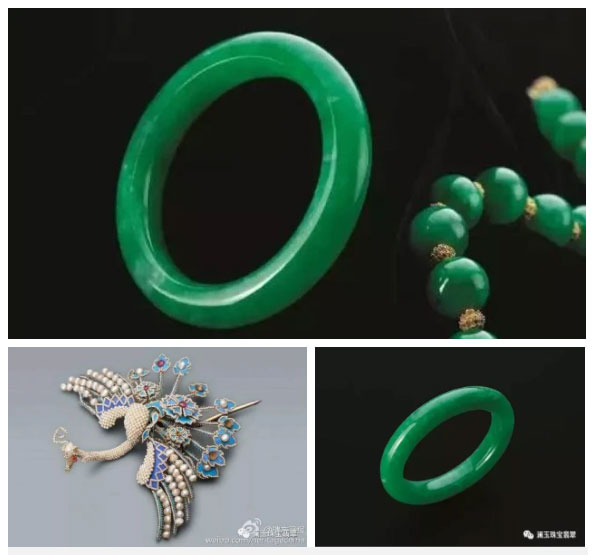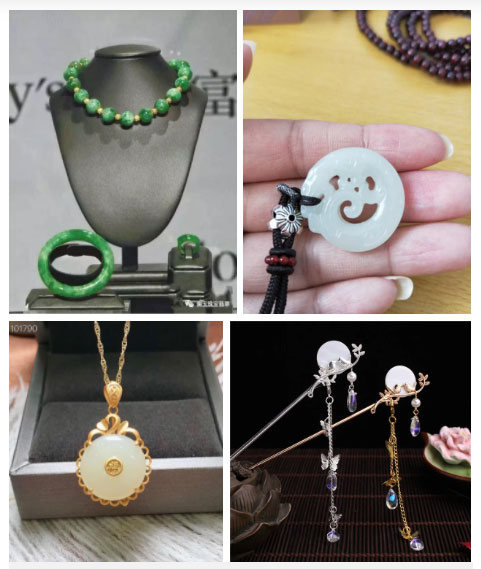What could possibly cause seasoned scientists to be terrified and flee from this gem?
When mentioning “bloodstone,” one immediately thinks of the precious stone crafted into jewelry, which holds special significance both spiritually and health-wise. However, not all bloodstones are clear and worthy of pursuit. In the 1980s in China, there was a gem that sent shockwaves through the archaeological community, making scientists “hair stand on end” due to the chilling and mysterious story behind it.
That year, an ancient tomb was discovered in Maoshan, Jiangsu Province, China. As the excavation work was nearing completion, a member of the team found a dark red stone right at their feet.
This was a pendant nearly the size of an egg. The stone was bright red, round, and shiny, and of quite good quality. While those around were speculating about the value and origin of this object, an expert in the group suddenly turned pale. It turned out that this was the “Bloodstone” feared in legends.
According to tradition, the ancients would place a piece of stone in the mouth of the deceased. Over time, the blood from the corpse would stain the stone red, transforming it into “Bloodstone.” In Taoism, this type of stone is often used by sorcerers or exorcists due to its spiritual properties. For ordinary people, it is nothing more than a magnet for misfortune.

Bloodstone.
It can be said that the supernatural elements of this stone have horrified scientists. They believe that this object has the ability to attract negative energy, which can turn into evil entities over time, leading to unpredictable consequences.
Setting aside the bizarre story, it is not uncommon for many people to use strange stones of unknown origin to craft jewelry. From a feng shui perspective, many stones that do not match the wearer’s energy can bring bad luck to the owner. Additionally, wearing fake stones for an extended period can lead to allergic reactions or skin rashes due to exposure to harmful chemicals.

In ancient times, wearing gemstones not only served as decoration but also represented the wearer’s nobility and wealth. Empress Wanrong of the late Qing Dynasty was famous for her collection of jewelry made from jade, featuring hundreds of pieces.

Worn alongside ceremonial and casual attire, jewelry made from jade, pearls, and exquisite white coral showcases their delicate beauty.

Jade jewelry embodies noble qualities such as benevolence, righteousness, propriety, and wisdom. Additionally, it holds feng shui significance, helping to ward off evil spirits. The use of jade in jewelry includes hairpins, pendants, rings, or simply as bag charms.


















































